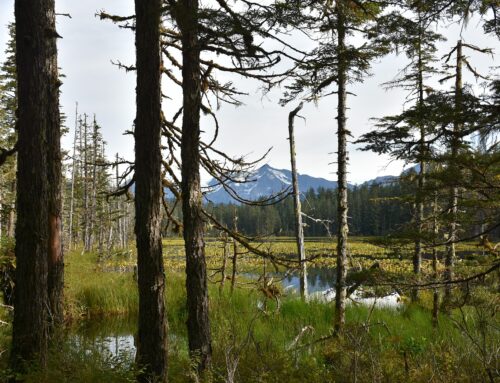In the President’s skinny budget, $450 million was requested under the Department of the Interior (DOI) for the remediation of orphaned oil and gas wells and abandoned mines. In the President’s full budget, DOI’s request rose to $461 million for FY 2022, with other agencies requesting millions more for similar remediation activities. How much the administration wants to devote to the cause in total is unclear. In one place, $580 million is stated, in another, the budget lists $640 million for FY 2022. The U.S. Forest Service requests $100 million to clean up abandoned wells and mines on its lands, but the remainder is unaccounted for. Overall, numbers for the cost of remediation work abound, but ideas to hold the industries that created the mess accountable are lacking.
As the administration outlined in its American Jobs Plan, orphaned wells and abandoned mines can pose environmental and public health risks and should be addressed. But that does not mean responsible parties—the industries that created the mess in the first place—should get a free pass. Making taxpayers pick up the tabs for industries is not a smart or strategic way to address the issue. Any responsible plan must get the oil, gas, coal, and hardrock mining industries to cover cleanup costs and fix the root cause of the abandoned sites.
For example, insufficient oil and gas bonding (financial assurance that companies will clean up well sites after they cease operation) encourages oil and gas companies to abandon their wells because it can be cheaper to forfeit the bonded amount than complete clean up. A Government Accountability Office report estimated that 99.5% of onshore wells do not have enough bond coverage for likely reclamation costs. Moreover, the Bureau of Land Management (BLM) does not systematically track reclamation costs despite increased numbers of orphaned wells in recent years. Nor does BLM have the authority to obtain funds from oil and gas operators to reclaim orphaned wells. The GAO estimated that an annual idle well fee of only $350 per well could cover the full cost of reclamation on federal lands in a little over a decade, without putting more financial burden on taxpayers.
But we see no proposal in the budget request to reform bonding rates or create user fees paid for by industry. Without such policies, taxpayers will end up on the hook for more well reclamation down the line, and $580 million or $640 million or whatever the actual FY 2022 request is will only be the tip of the iceberg.










